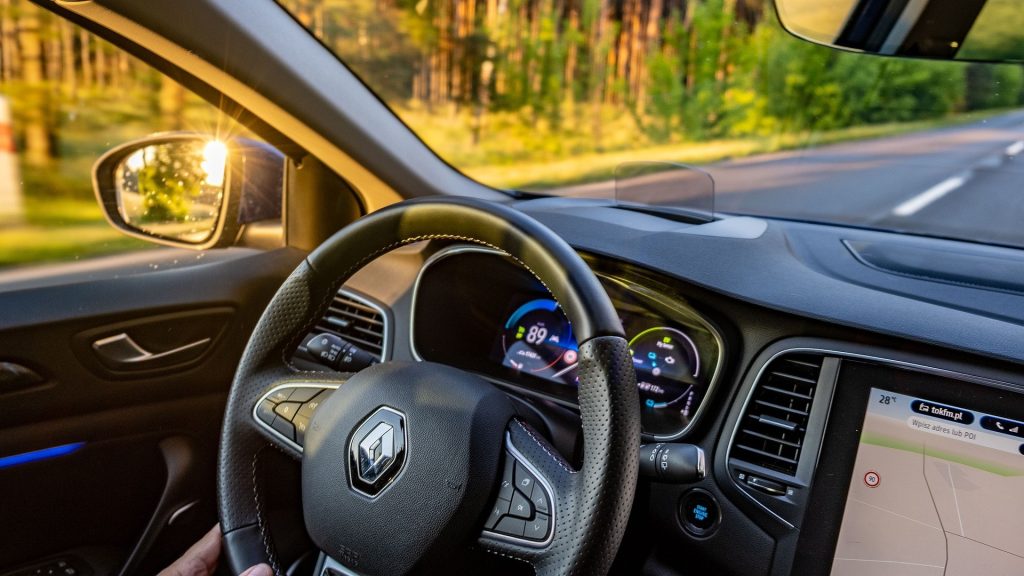Renault has not yet revealed which models will adopt this new approach.
Others are reading now
Renault is preparing to revolutionize its vehicle interiors but isn’t abandoning physical buttons, according to design chief Gilles Vidal.
Combining Screens and Buttons
Instead, the French automaker plans to introduce a “hierarchy” in upcoming models, blending physical buttons, touchscreens, and panels for improved functionality, according to Boosted.
“We will introduce groundbreaking solutions across nearly every area, including the cabin and user interaction,” Vidal explained.
One example is the futuristic interior of the Renault Emblème concept, a hydrogen-powered vehicle currently in the prototype stage. The Emblème’s minimalist design includes a large curved display dominating the dashboard.
Also read
This combination of screens and buttons provides access to essential features like navigation, entertainment, climate control, and other settings.
While Renault has not revealed which models will adopt this new approach, the changes are expected to roll out gradually as the company launches new electric vehicles in the coming years.
Touchscreens Under Scrutiny
Renault’s pivot toward keeping physical buttons aligns with a broader trend in the automotive industry. Many carmakers are rethinking the heavy reliance on touchscreens after widespread criticism.
Hyundai recently admitted misjudging customer preferences, acknowledging that drivers still value tactile controls.
Similarly, Volkswagen announced in December 2022 that physical buttons would return to its vehicles following a wave of complaints about the usability of touch panels.
Studies have repeatedly shown that touchscreens can be distracting and pose safety risks by diverting drivers’ attention from the road.
Carmakers like Renault are now striving to strike a balance between digital innovation and user safety.

